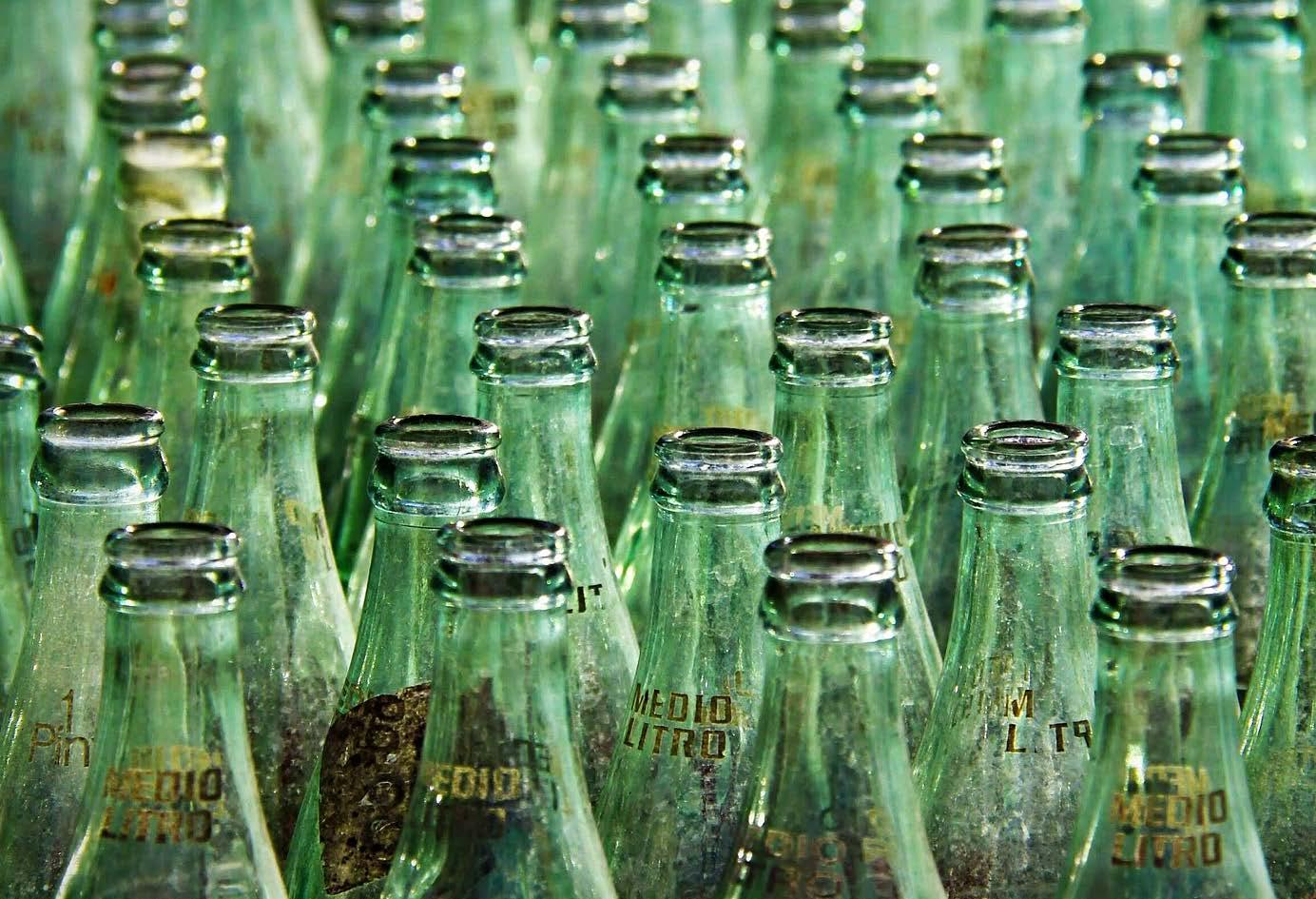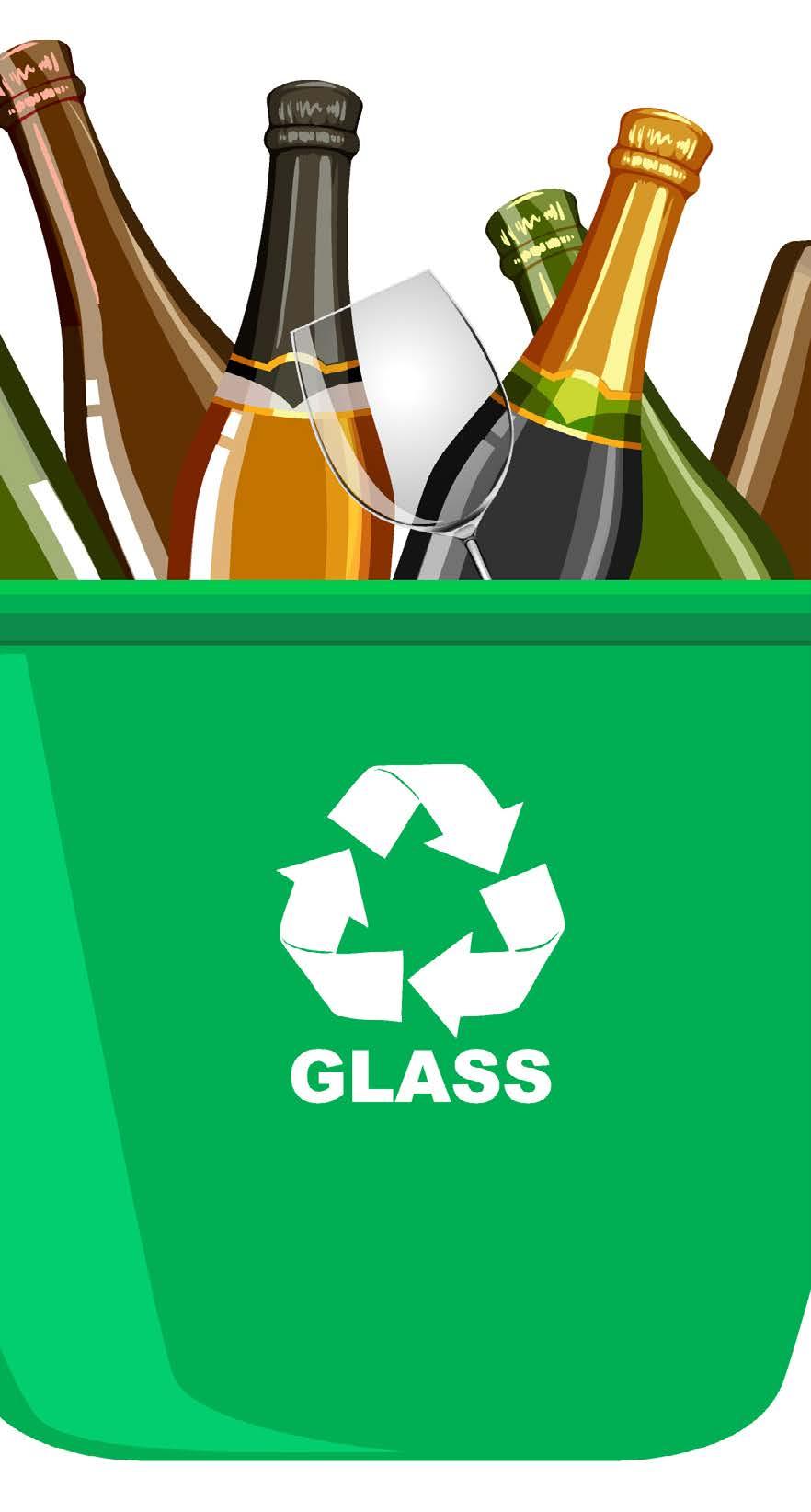
4 minute read
The future of glass packaging
By Phil Fenton, Lead Packaging and Recycling Adviser at British Glass
Glass is not just a packaging material of the past, it is the sustainable choice for the future.
Advertisement
lass packaging has long been the packaging material of choice for the alcohol market and beyond for many years and for good reason. Not only does its inert nature guarantee the product will taste exactly how the manufacturer intended, it is also non-toxic, easily recyclable and has unique design possibilities.
As brands and consumers alike become more environmentally conscious and seek out the most sustainable options, packaging providers have been bringing new innovations to the market. Glass has not only stood the test of time for thousands of years, the glass industry is now leading the way in innovative sustainable packaging development.
Innovations in maximising recycled content and reducing glass waste, new design capabilities, manufacturing processes and ultra-low carbon bottle making have put the sector at the forefront of sustainable packaging.
Recycled content Consumers are more environmentally and ethically aware than ever. As brands search to meet the consumer demand for more environmentally friendly products and packaging, the need for more recycled content (also known as cullet) in glass packaging has become more evident.
Not only does using recycled glass in the manufacturing process prevent CO2 from entering the atmosphere, it also reduces the amount of raw materials needed and the amount of energy used to create new glass bottles.
While the durability and feel of the bottle is not affected, different colour bottles can accommodate different levels of cullet without affecting the colour of the final product. When producing green and amber bottles, up to 90% and 70% recycled glass can be used respectively without affecting the final product’s colour, but with clear bottles, the more cullet used, the higher the chance of a green hue and a lack of colour consistency appearing in the final product.
This should not deter premium brands from including recycled content in their packaging, however, as up to 40% recycled glass can be used while still ensuring a quality product and gaining the environmental benefits.
The importance of recycling As the glass industry works with brands and retailers to help to achieve higher levels of recycled content in glass packaging, one major aim is to increase the quality and quantity of glass available for remelt – after all glass is 100% and endlessly recyclable, without any loss of quality.
However, in order for recycled glass to make it back into the manufacturing process and achieve the environmental benefits that consumers and brands need, it must be collected and recycled in the first place.
The most recent recycling figures from DEFRA show glass to be the second most recycled packaging material in the UK, with a recycling
rate of 75.8%. Whilst this is certainly a significant achievement, the glass industry is striving for more, but continuing to increase the amount of glass that is recycled is reliant on a consistently good collection service.
Currently the majority of local authorities (around 85%) collect their glass via kerbside collection with a few operating bottle bank collection systems, however this is set to change with the proposed Deposit Return Scheme (DRS) in the UK.
British Glass believes that the upcoming DRS will have a detrimental impact on closed-loop glass recycling, increase carbon emissions and incentivise an increase in plastic consumption at the expense of glass.
A major concern for the glass industry is that the DRS proposals contain no recycling or remelt target as part of the scheme. Without these obligated targets in place, glass collected through a DRS will be collected for use in aggregates (such as construction) rather than high value, closed-loop recycling into bottles and jars. Therefore, it is better to keep glass recycling at our doorsteps with investment through the upcoming Extended Producer Responsibility scheme funding new infrastructure and communications campaigns, which will achieve higher rates of closed-loop glass recycling.
The journey to net zero While an increase in recycled content and a consistent collection method are vital to reducing carbon emissions in the short term, the long-term goal for the industry is to reach net zero by 2050. British Glass published the industry’s net zero strategy in July this year.
The glass sector is already leading the way by exploring the use of alternative carbon neutral fuels, such as renewable electricity, hydrogen and biofuels, to replace the fossil fuels currently used in the manufacturing process.
Despite the long road ahead before reaching net zero carbon manufacture, successful trials held by UK manufacturers in both the container and flat glass sectors have already proved that working with alternative fuels is possible on a small scale. Other research into the use of waste ash as a secondary raw material in the production of new glass products, to reduced ash from other industries going to landfill, energy and raw materials, have also been successful.
Undoubtedly, challenges and policy barriers lie ahead, but the glass sector will achieve net zero carbon emissions as we head towards more sustainable manufacturing that both consumers and brands alike can benefit from in the future.












